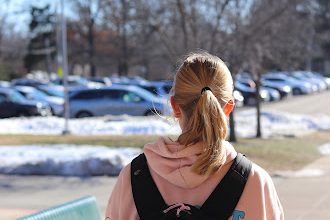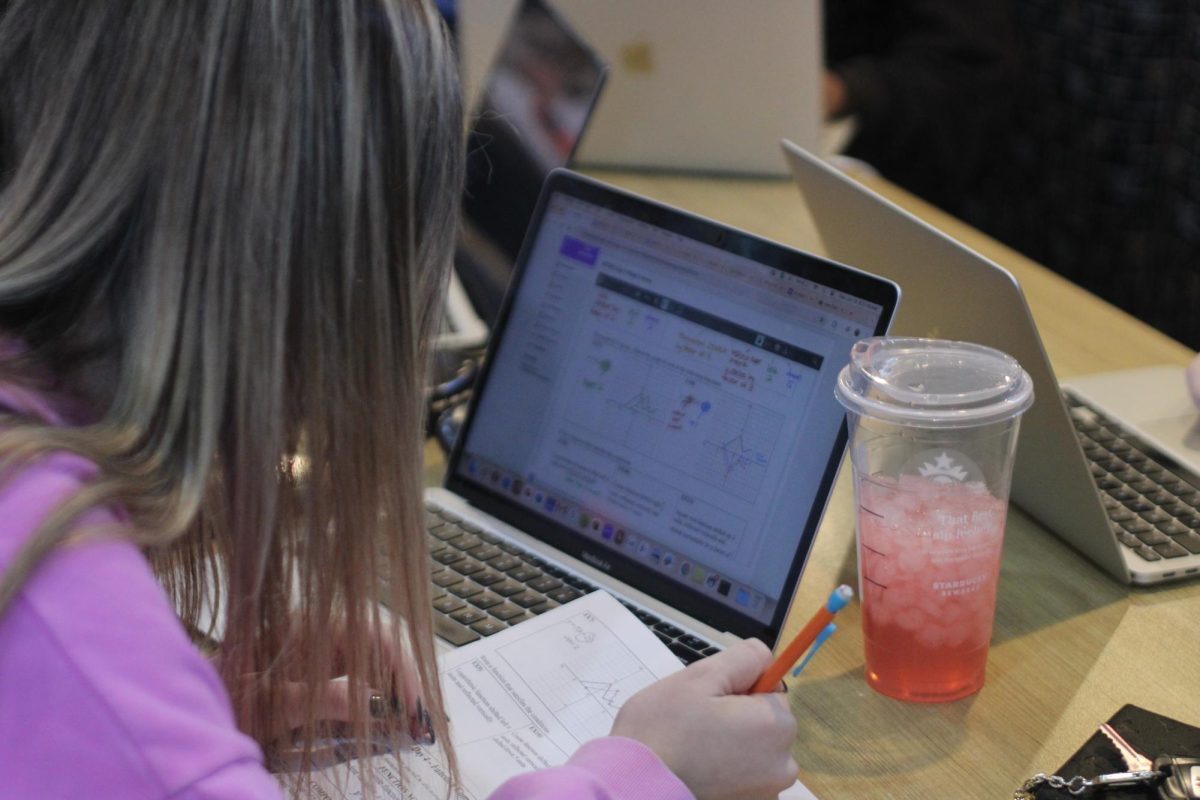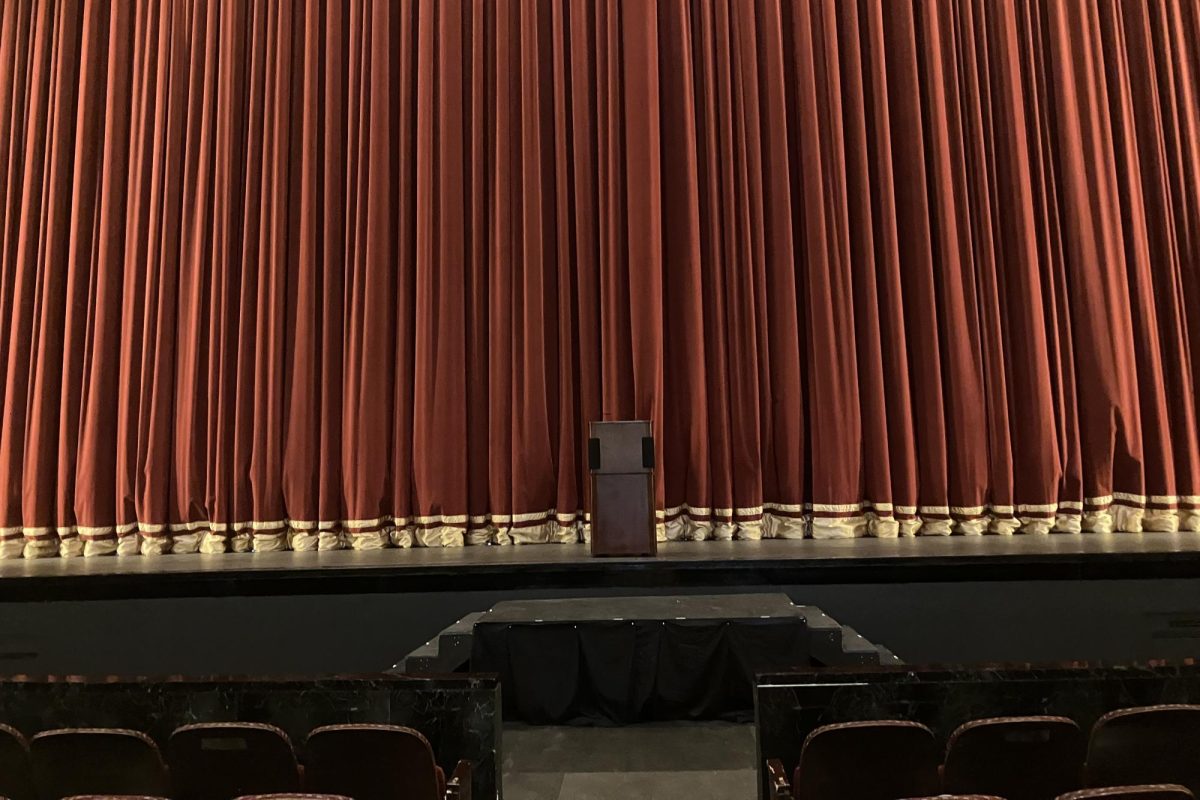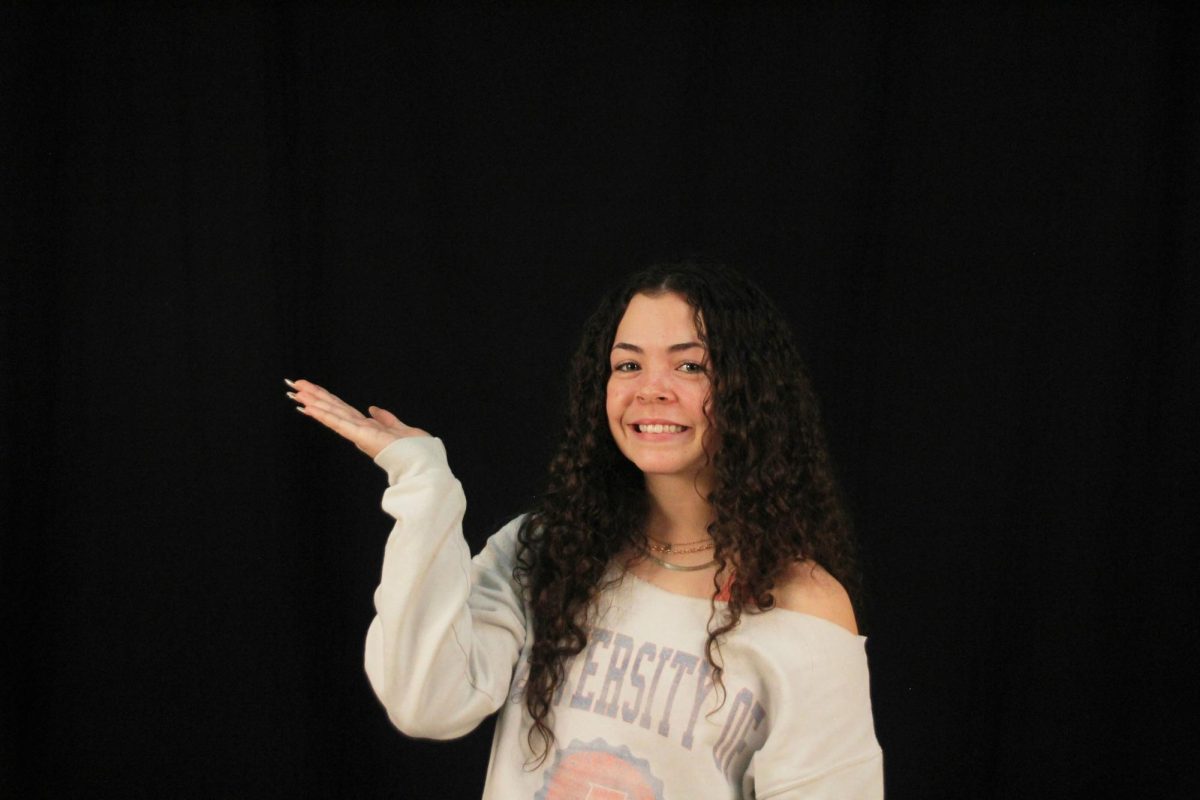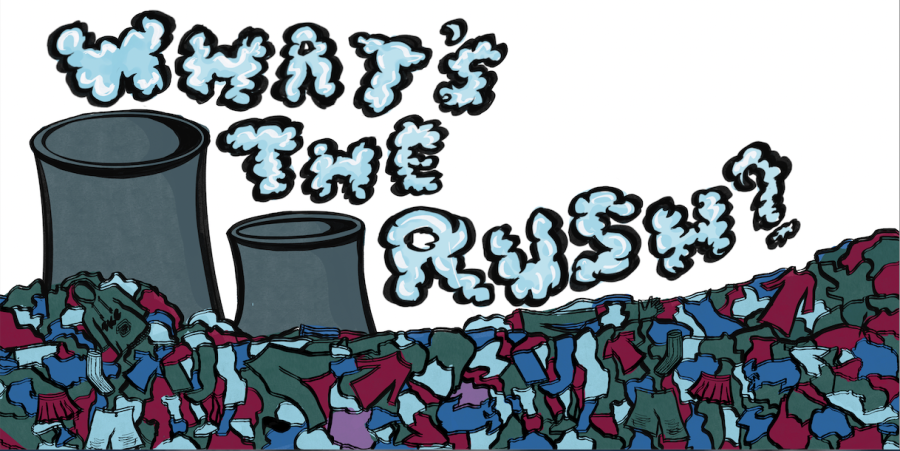Diagnosed with dyslexia when she was six years old, Anna Yarborough, history teacher, sees her condition as an obstacle, not a disease.
“Do I see backwards? Sometimes,” Yarborough said. “Do I start reading in the middle of passages? A lot. But as far as being capable? Never been a problem.”
After being considered “dumb” by her teachers as a young student, Yarborough had to repeat the first grade. Her struggles with reading and writing became easier, however, once she started attending “brain training” sessions conducted by scientists at Southern Illinois University-Edwardsville. The sessions involved recognizing shapes and patterns and repeating the patterns she was given. The point of the exercises was to learn techniques that would help her make sense of the scrambled letters and opposite directions created by her brain. She still uses many of those strategies to this day.
Though she still occasionally writes a sentence on the board backwards or starts reading a textbook from the middle of the passage, Yarborough has never feared embarrassment from her students.
“I’m honest [with the students],” Yarborough said. “[I tell them] this is who I am. I have dyslexia. Sometimes I’m going to write things backwards on the board. So when I do, tell me.”
After 25 years of teaching, Yarborough has encountered many students with dyslexia, and realizes that every case is different. Student’s brains may have a different way of organizing letters or recognizing patterns. When spelling, she tends to start with the letters in the middle of the word, then work her way outwards.
Though dyslexia is a daily struggle for Yarborough, she encourages those with the condition to understand the way their brains function and work hard to maintain those “brain training” skills.
“You have to train your body,” Yarborough said. “Work harder. Know your tactics. Know when your brain gets tired.”



